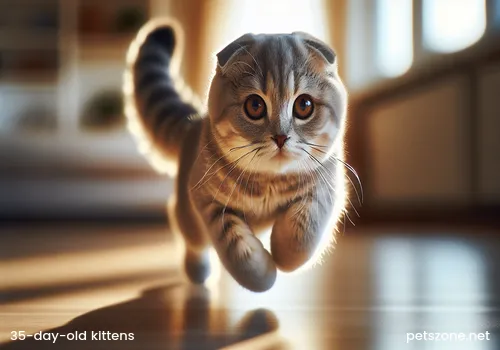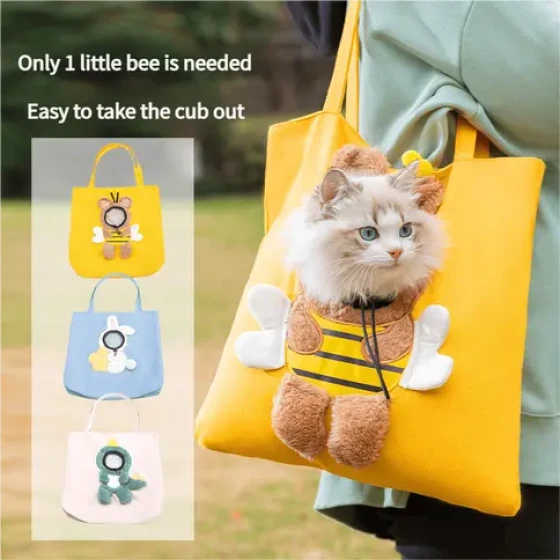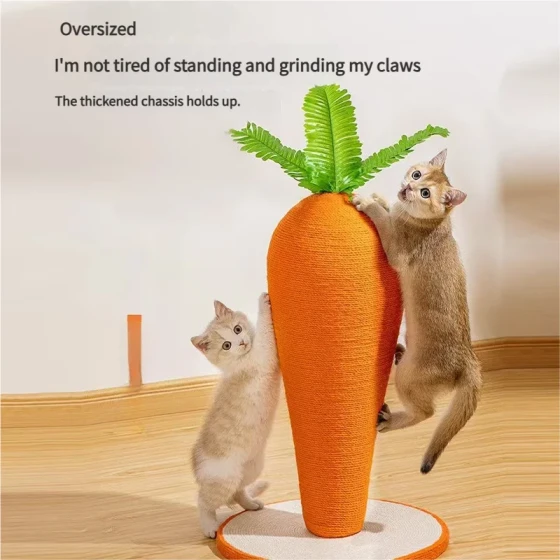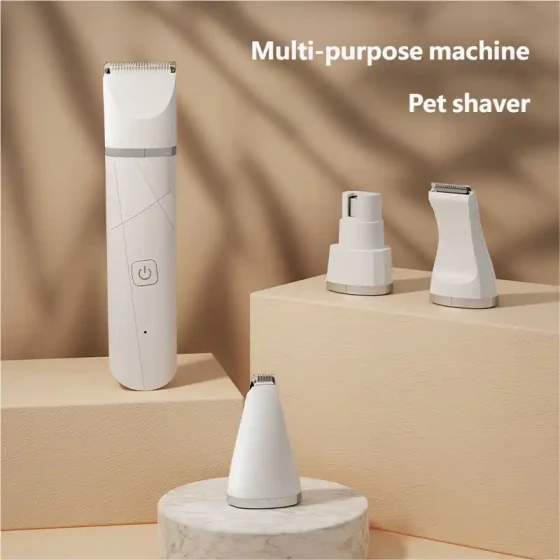Can 35-day-old kittens eat cat food_Complete analysis of kitten feeding schedule
For novice cat owners, taking care of soft and cute little kittens is both a happy and challenging task, especially their feeding problems, which always cause worry. Many friends ask: “Can 35-day-old kittens eat cat food now?” Actually, a 35-day-old kitten, about 5 weeks old, is in the weaning period transitioning from complete dependence on mother’s milk to solid food. At this stage, you can start to try introducing kitten food, but it cannot completely replace mother’s milk or kitten milk replacer and needs to be done gradually.

Feeding focus for 35-day-old kittens: Transition and adaptation
At around 3-4 weeks old, kittens start showing interest in the food their mother cat eats, and this is the time to start the weaning process. At 35 days (5 weeks old), most milk teeth have appeared, and the digestive system is gradually developing, providing the foundation for trying solid food.
However, just like human babies cannot switch from breast milk to adult food immediately, kittens’ stomachs are also delicate and require a period of adaptation. Feeding dry and hard cat food directly may cause issues like indigestion, vomiting, or diarrhea. Therefore, the correct approach is to first introduce wet food or kitten food softened with warm water or pet-specialized goat milk powder.
You can mix kitten food (whether dry or wet) with warm water or kitten milk replacer, stirring it into a porridge-like paste, which is easier for kittens to lick and digest. As they gradually adapt, you can slowly reduce the water ratio and increase the amount of cat food, until they can fully eat unsoftened kitten food. This weaning process usually takes 2-4 weeks, meaning that by around 8 weeks old, most kittens should be able to eat solid food completely.
Complete analysis of the kitten feeding schedule
Different ages of kittens have different feeding needs and schedules:
- 0-4 weeks (newborn period): At this stage, kittens rely entirely on mother’s milk for nutrition and antibodies. If the mother cat is not present, manual feeding with a pet-specialized kitten milk replacer is necessary. Never feed cow’s milk because cats are generally lactose intolerant, and drinking cow’s milk often causes diarrhea. Feeding frequency is high, possibly every 2-3 hours right after birth, gradually lengthening intervals as they grow.
- 4-8 weeks (weaning period): Starting from about 4 weeks, you can gradually introduce porridge-like or softened kitten food. Feeding frequency can be maintained at 4-6 times a day. As kittens increase their acceptance of solid food, gradually reduce milk proportion and increase the ratio of cat food. By around 8 weeks, most kittens can fully separate from milk, with kitten food as the main diet. This period is also a good time to train litter box usage.
- 2-4 months (rapid growth period): During this stage, kittens grow very fast and require kitten food with high protein and high calories to support body development. You can feed kitten-specific dry or wet food 4-5 times a day, later reducing to 3-4 times.
- 4-6 months (teething period): Kittens start to lose baby teeth and grow adult teeth during this phase. They can gradually transition to unsoftened dry kitten food to help exercise their teeth. Feeding frequency can be adjusted to 3-4 times daily.
- 6-12 months (adolescence period): Kittens’ growth rate slows slightly but they are still developing. Diet remains predominantly kitten food, and feeding frequency can reduce to 2-3 times daily.
Tips for choosing kitten food
Choosing suitable kitten food is crucial. Kitten food usually offers higher protein, fat, vitamins, and minerals than adult cat food to support their rapid growth and development. When selecting cat food, pay attention to the following:
- Choose kitten-specific food: There are kitten-specific cat foods on the market, usually labeled as “kitten food” or “complete kitten food” on the packaging.
- Focus on nutritional content: Quality kitten foods should contain abundant animal protein, meeting the carnivorous nature of cats. You can check the ingredient list on the packaging to see if protein, fat, etc., meet the kitten’s needs.
- Palatability: Some kittens can be picky eaters. You can try different brands and flavors of kitten food to find what they like.
- Comply with AAFCO standards: Select kitten food that meets the nutritional standards of the Association of American Feed Control Officials (AAFCO), which usually means it provides complete nutrition needed by kittens.
Precautions during feeding process
- Gradual transition: Whether introducing solid food or switching cat food brands, use a gradual approach by mixing new food with old, slowly increasing the new food ratio and reducing the old, allowing the kitten’s stomach time to adapt. This process usually takes 7-10 days.
- Provide adequate drinking water: Especially after starting dry food, make sure kittens always have access to clean, fresh water.
- Monitor bowel movements: During food changes or introduction of new food, closely observe kittens’ stool condition. If diarrhea or other abnormalities occur, adjust diet promptly or consult a veterinarian.
- Regular and measured feeding: Establishing a regular feeding schedule helps kittens develop good eating habits.
- Avoid feeding human food: Human foods may contain ingredients harmful to cats, such as onions and chocolate, and are not recommended.
- Regular weighing: Monitoring kittens’ weight changes is an important indicator of whether they are getting enough nutrition. Healthy kittens should maintain steady, continuous weight gain.
Frequently Asked Questions
- Do 35-day-old kittens have to eat kitten food? Not necessarily completely dry kitten food, but you can start to try introducing kitten food, which needs to be softened or choose wet food. The main goal is to help them transition from milk to solid food.
- What is the difference between kitten food and adult cat food? Kitten food is more nutritious, with higher protein and calories, and usually smaller kibble easier for kittens to digest and absorb. Adult cat food does not meet the nutritional needs of kittens’ rapid growth and is not recommended for them.
- What if the kitten does not eat cat food? Try mixing cat food with kitten milk replacer or wet food to increase palatability. Also try different brands or flavors of kitten food. If the kitten persistently refuses food or loses weight, consult a veterinarian promptly.
- When can kittens fully eat dry cat food? Usually around 6-8 weeks old, when kittens’ teeth and digestive systems are more developed, and they can gradually transition to unsoftened dry kitten food.
In summary, a 35-day-old kitten is at a critical weaning stage and can begin exposure to kitten food, but this must be done gently and progressively. Closely observe the kitten’s response and adjust feeding plans according to actual conditions to help them smoothly pass this important growth phase and grow up healthy and happy.



